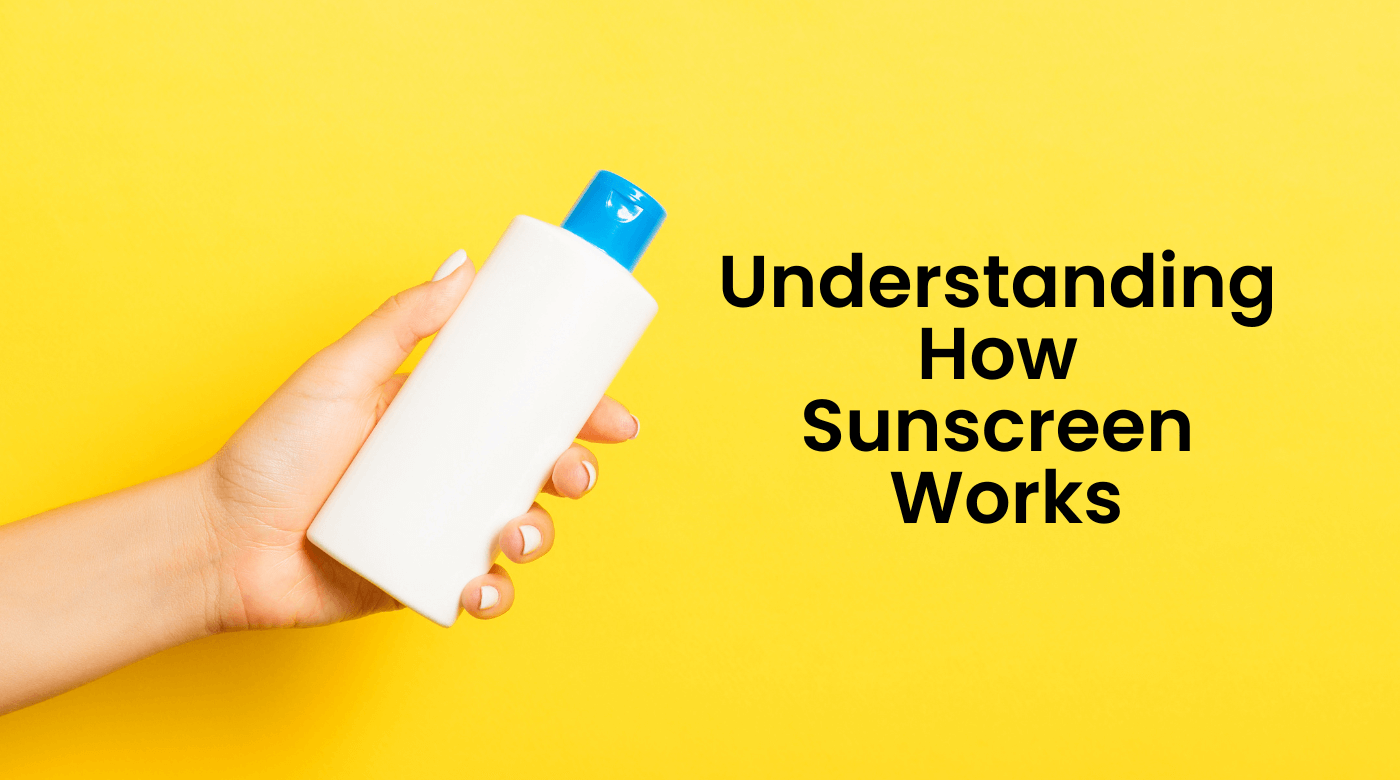Understanding and Managing Actinic Keratosis: An In-depth Look
What is Actinic Keratosis?
Actinic keratosis (AK), also known as solar keratosis, is a common skin condition marked by the appearance of rough, scaly patches on the skin. These lesions develop due to prolonged exposure to ultraviolet (UV) radiation, typically from the sun, and are most prevalent among fair-skinned individuals who have spent a lot of time outdoors. AKs are considered precancerous; while they are not cancerous themselves if left untreated, they have the potential to evolve into squamous cell carcinoma (SCC), a type of skin cancer.

Incidence and Demographics
Actinic keratoses are incredibly common, especially in populations with high levels of sun exposure. In the United States alone, over 58 million people have at least one AK. These lesions are frequently observed in adults over the age of 40, but the age of onset has been decreasing, likely due to increased UV exposure at younger ages through outdoor activities.
Clinical Appearance and Areas Affected
AK lesions are typically found on sun-exposed body areas, including the face, lips, ears, back of the hands, forearms, scalp, and neck. They vary in color—skin-toned to reddish-brown—and in texture, often rough or gritty, similar to sandpaper. Sometimes, AKs might become tender or may bleed, prompting individuals to seek medical attention.
Pathogenesis and Risk Factors
The development of AK is directly linked to cumulative sun exposure; hence, individuals with outdoor lifestyles or occupations are at higher risk. Other risk factors include having a lighter skin type, a history of frequent or severe sunburns, older age, and genetic predisposition to skin cancers.
The Link Between AK and Skin Cancer
While the majority of actinic keratoses do not progress to cancer, approximately 5-10% of cases can develop into SCC. The transformation of AK into SCC is a significant concern due to the potential for SCC to metastasize or spread to other parts of the body, although this is rare when caught and treated early.

Treatment Modalities
1. Cryotherapy: This is the most common treatment for AKs, where liquid nitrogen is used to freeze off the lesions. It is effective for individual spots but might require repeat treatments.
2. Topical Agents: Chemotherapeutic agents like 5-fluorouracil and immune response modifiers such as imiquimod are applied to the skin to encourage the immune system to destroy the precancerous cells.
3. Photodynamic Therapy (PDT): Involves the application of a photosensitizing agent followed by exposure to a specific wavelength of light that activates the cream and destroys abnormal cells.
4. Laser Therapy: Ablative lasers can be used to remove the skin's surface layers, precisely targeting and vaporizing AKs.
5. Combination Therapy: Often, a combination of treatments may be used, especially in cases where AKs are widespread or have been resistant to single forms of treatment.
Prevention of Actinic Keratosis
Prevention focuses on minimizing UV exposure:
Sun Protection: Wear sunscreen with a high SPF, wearing hats, sunglasses, and protective clothing.
Behavioral Adjustments: Avoid sun exposure during peak hours between 10 AM and 4 PM, seek shade, and avoid indoor tanning beds.
Regular Skin Examinations
Given the potential for AKs to develop into skin cancer, regular skin checks by a dermatologist are crucial. People with AKs are advised to monitor their skin and report any changes, such as an increase in the size of a lesion, changes in color, or bleeding, to their healthcare provider.

Conclusion
Understanding actinic keratosis is crucial for effective management and prevention of skin cancer. By recognizing the signs early and adhering to protective measures against UV exposure, individuals can significantly reduce their risk of developing AKs and the subsequent risk of progression to more severe forms of skin cancer.
Sol Style Pomade with UV Protection SPF 33

$12.00
A professional pomade with the benefit of UV protection. Classic styling, medium hold, and a lightweight feel. Smooth, flexible, moisturizing, and rinses out clean. Made in the USA, Paraben-Free and Free Shipping.… read more
https://www.mayoclinic.org/diseases-conditions/actinic-keratosis/symptoms-causes/syc-20354969
https://dermnetnz.org/topics/actinic-keratosis
https://www.aad.org/public/diseases/skin-cancer/actinic-keratosis-overview




